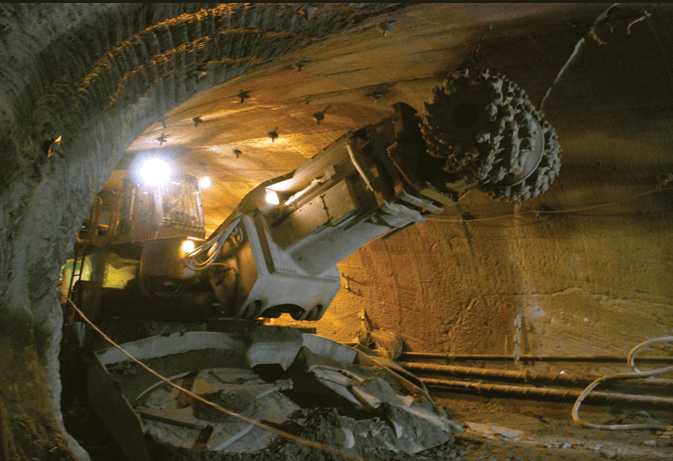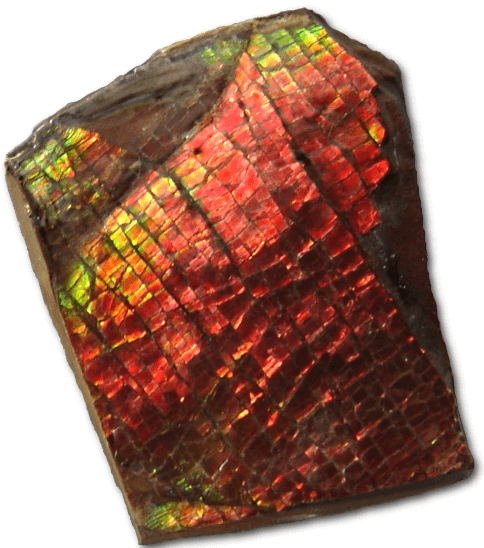How Collector Affects Flotation
It appears from all tests run to date that under otherwise constant conditions, increasing the concentration of a given collector increases R and decreases K in a uniform manner. This appears to be true for all collector types and is supported, e.g. by the data of Tables III and IV as well as Figure VIII […]
Heap Leaching Silver
Leach Pad Construction: After the site of this Silver Heap Leaching pad was prepared, a pad base consisting of about 15 inches of mill slimes or a fine bentonitic clay from an old nearby tailings pond was laid down. The pad was constructed slightly larger than the dimensions of the heap to go on it; i.e., about […]
Underground Tunneling

It is now generally admitted by experts that at least so far as rapid progress is concerned the Alpine system of tunnel-driving is superior to any other. This is perhaps natural in view of the record of experience in driving tunnels through the Alps. These great mountain-chains cannot be treated in the ordinary way by […]
Ammolite

Ammonite is an iridescent gem formed within an ancient marine fossil for which it was named—ammonite. Originally discovered by the Blackfoot Indians, ammolite is mined only in Southern Alberta, Canada. Most ammolite is assembled into doublets or triplets to increase durability because solid ammolite is usually thin and fragile, If it’s untreated and solid, ammolite is usually priced per […]
Assaying Silver
Among smelters generally, the prevailing opinion is that in a slag which is either extremely acidic or extremely basic in character there is a greater or less loss in silver values. Some assayers have the same notion. Among them also there is the belief that the use of borax in assaying causes low results for […]
Underground Mining Method Example
Owing to two large falls of ground which resulted in serious accidents occurring towards the end of 1908, it became evident that the “open chamber” system then muse was unsuitable for the conditions existing in the Mount Morgan mine. It will be admitted that in all mining operations the first consideration is the economy of […]
Tin Mining and Recovery by Sluicing
In this paper an attempt is made to describe the sluicing operations on the tin fields of north-eastern Tasmania. No claim is made to completeness, for much of the ground has already been covered, and nothing is to be gained by needless repetition. On this account some portions of the subject have obviously received but […]
Portable Fire Assaying Furnace
For years past I have traveled in quest of promising mining- properties, over almost impassable mountain-trails to remote places in the mining-regions, usually many miles from an assay-office. If, upon examination, the formation and the ore-deposit appeared favorable, a quick determination of the value of my samples was necessary, in order that I might take […]
Assay Laboratory Equipment: Cost Savings
Under the title, Labor-Saving Appliances in the Works-Laboratory, I published a paper in which was described how multi-manipulations in a works-laboratory and in the furnace-room of an assay-laboratory, can be condensed into single manipulations by applying the proper mechanical devices. For example, I now deposit in, or withdraw from, a muffle a set of 48 […]
Graphic Method of Computing Mine Values
Those who have had occasion to sample a mine not infrequently find that it is impossible to take their sample cuts at regular distances apart, owing to the ground being close timbered, a stope having been taken out, or some other cause. When such is the case a tedious calculation becomes necessary in order to […]
